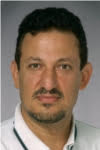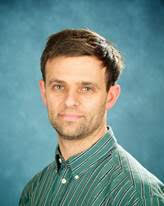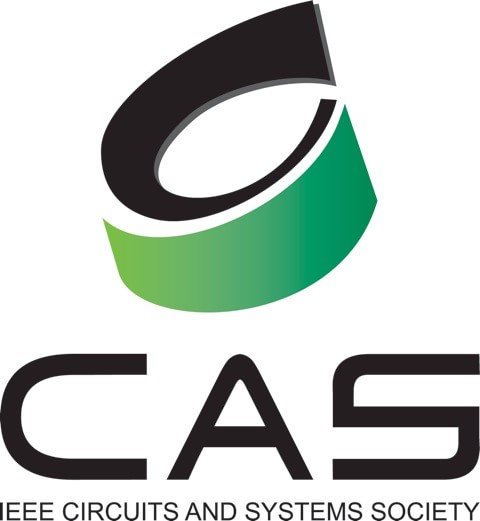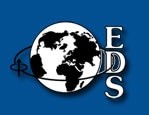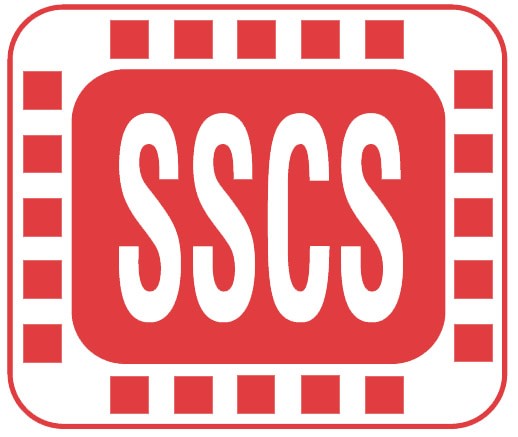View details »
Optical links 1 – 100 metres in length require low cost, low power consumption and small size. Vertical cavity surface emitting lasers (VCSELs) can be arrayed inexpensively and can be directly modulated, avoiding the need for separate optical modulator components. VCSELs operating at 850nm coupled to multimode fiber offer a compact and inexpensive optoelectronic assembly, and are predominant for short reach optical communication. The key challenge for the transmitter circuit in such systems is to modulate single-ended VCSEL currents up to about 10mA at 25+Gb/s while maintaining bias voltages of approximately 2V across the VCSELs. At the receiver, a key challenge is to provide adequate sensitivity using photodiodes with wide (50um) aperture and, hence, large capacitance. Current commercial transceiver circuits are realized in SiGe BiCMOS, which is advantageous at both the transmitter and receiver, but CMOS offers the potential for higher levels of integration and lower power consumption. Our research efforts on low-power CMOS VCSEL drivers and optical receivers will be presented, including several 65nm CMOS designs.
